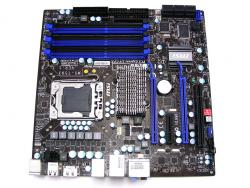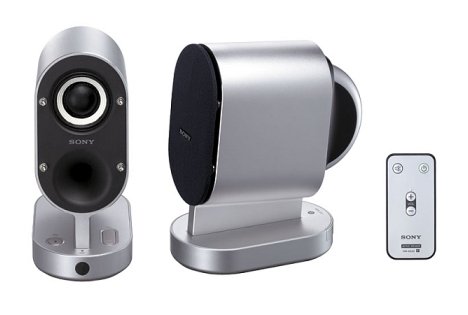 Review based on a production Panasonic Lumix DMC-GH1 with firmware v1.1
Review based on a production Panasonic Lumix DMC-GH1 with firmware v1.1 When Panasonic announced the DMC-G1 in September 2008, the industry saw its first real innovation for a long time: an electronic viewfinder interchangeable lens camera with a large (Four Thirds size) imaging sensor. Panasonic had managed to overcome a whole list of technical hurdles to produce the camera and the G1 featured an electronic viewfinder that got pretty close to a good mirror and prism, plus a contrast-detect autofocus that in terms of speed and accuracy could rival 'traditional' phase-detect systems of DSLRs.
However, the G1 was lacking one feature that had been a standard on digital compact cameras for a long time and had just found its way onto digital SLRs as well: video recording. There are no obvious technical barriers to the implementation of a video feature on mirrorless cameras such as the G1 (in fact it should be much easier than on a DSLR) and therefore it did not come as a big surprise to anyone when, only a few months after the G1 launch, in March 2009 Panasonic rectified this 'issue' with the announcement of the DMC GH1. The new model is, despite a new sensor design, essentially a G1 with an added movie mode.
However, the GH1's HD movie mode is more than just another add-on feature. In combination with the newly developed 14-140mm F4.0-5.8 kit lens that has, in terms of aperture control and focusing, been optimized for shooting video, it transforms the GH1 into a true stills/video hybrid that can record HD video while at the same time producing high quality stills images. And whilst doing all that it is still in line with Panasonic's original reasons for introducing the Micro Four Thirds system; to produce smaller cameras that act more like compact DSCs whilst offering the quality and versatility of a DSLR.
It all looks great on paper but can the GH1 keep up in real life with the marketing promises? Read our review to find out.
Compared to G1 - key differences
The list of new features on the GH1 compared to the G1 is not very long. Despite its new sensor design the GH1 is essentially a G1 with an added HD video mode. However, this arguably most important new feature is likely to make the camera appeal to a much larger group of potential buyers. The following list and table give you an overview of all differences between the two models.
- HD video mode with stereo sound recording
- New sensor which provides four different aspect ratios with the same angle of view
- New 14-140mm F4.0-5.8 stabilized kit lens with a design that has been optimized for shooting movies
- Face recognition















